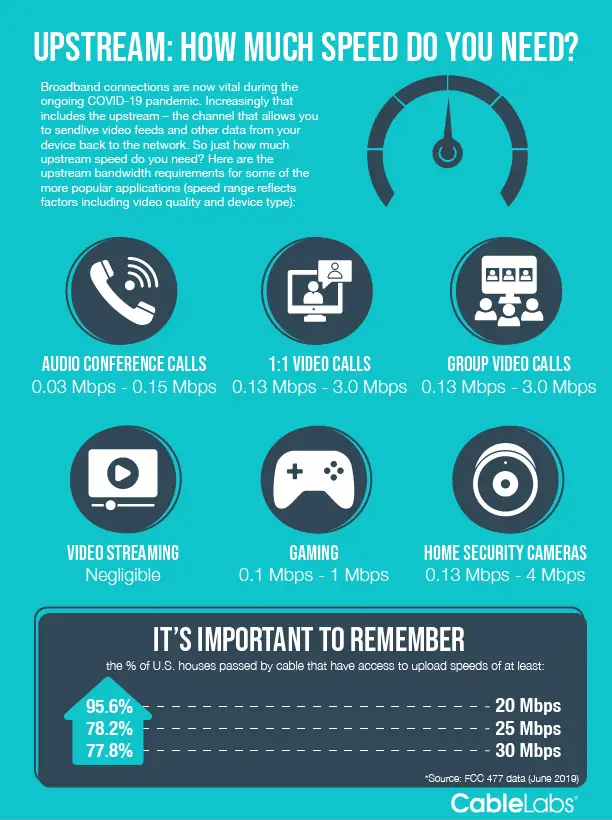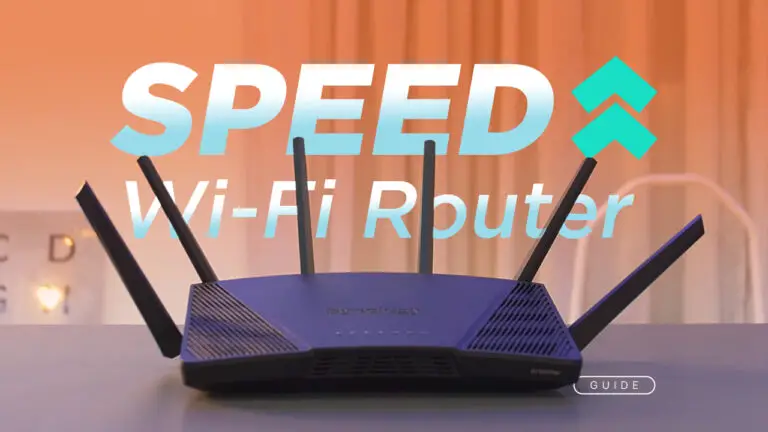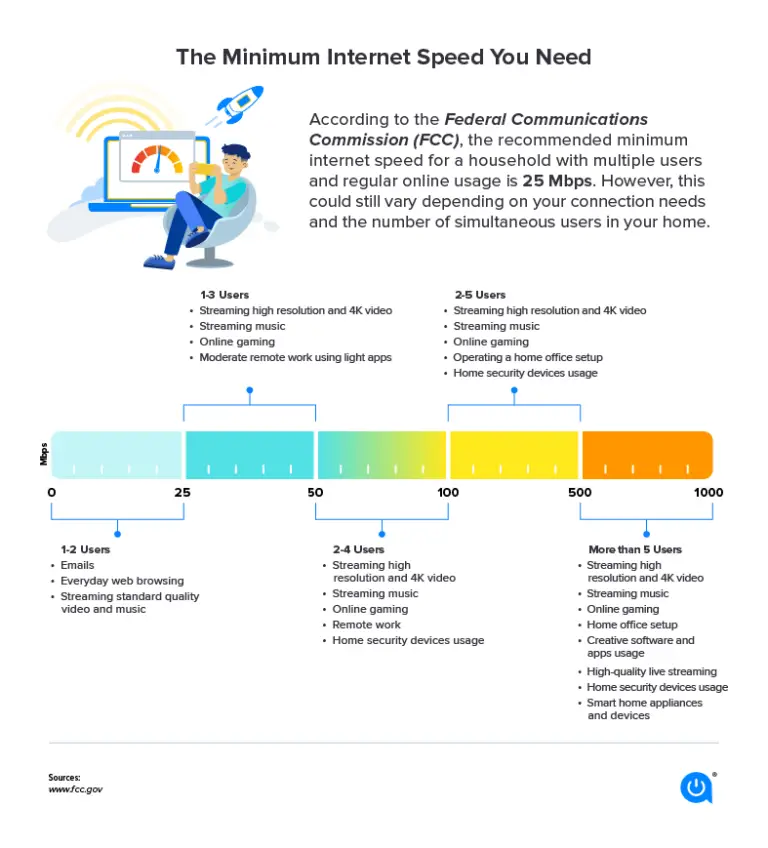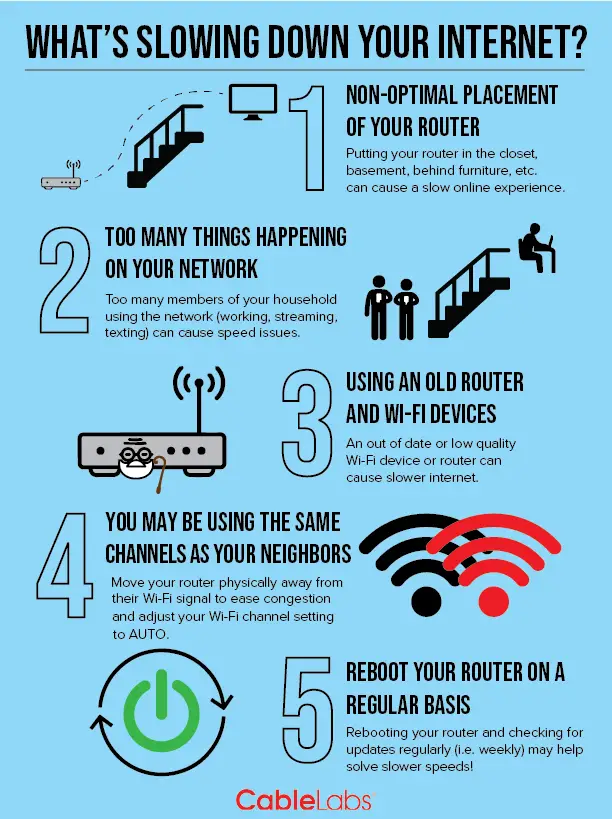How Much Speed Do We Need? A Deep-Dive into Audio Streaming Services
In an era where seamless digital experiences are the norm, the speed at which data is delivered is of paramount importance. This principle holds particularly true for audio streaming services, where the fidelity and continuity of sound can make or break the user experience. In this blog post, we’ll explore the significance of speed in audio streaming, understand the current landscape of speed requirements, and predict the speed needed to power the future of audio streaming services.
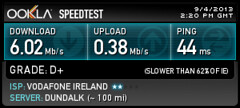
Understanding Audio Streaming Speed
When you press play on your favorite track, the speed at which the audio content starts playing isn’t just about convenience; it’s about the integrity of the service. Audio streaming speed, often measured in megabits per second (Mbps), refers to the rate at which data is transferred from the service provider’s server to the end-user’s device, ensuring a smooth and uninterrupted listening experience.
Why Does It Matter?
Imagine listening to a song, engrossed in the melody, when suddenly the music stutters, and the words of your favorite chorus are distorted. This is the result of inadequate streaming speed. The lower the speed, the greater the risk of buffering and quality degradation. For audiophiles, in particular, the need to ensure that every nuance of a high-fidelity audio track is delivered without a hitch is non-negotiable.
Factors Affecting Audio Streaming Speed
Several factors come into play when it comes to the speed of audio streaming services. The most prominent ones include:
- Internet Connection: The bandwidth and reliability of the user’s internet connection is the foundation of the streaming experience.
- Server Capacity: The ability of the streaming service’s servers to handle requests and deliver content quickly is crucial.
- Audio File Format: Different file formats have varying data sizes, which affect the rate at which they can be transmitted effectively.
The Need for Speed in Today’s Audio Streaming
The digital landscape is evolving rapidly, with consumers expecting faster streaming speeds as the quality of audio content becomes more sophisticated. The demand for speed is not just about playing catch-up; it’s about delivering on the promise of a premium audio experience.
User Expectations and Consumption Trends
Today’s consumer is accustomed to immediacy and on-demand content. With more streaming services offering catalogs that include lossless and hi-res audio formats, the necessity for higher speed has never been more pronounced.
Impact on User Experience
Speed directly impacts user experience. A delay of even a few seconds can disrupt the listening process, causing frustration and potentially leading to a loss of engagement. Furthermore, with the rise of smart speakers and connected devices, any lag can be even more pronounced since the user might not be near the device to address the issue.
Technological Innovations Improving Audio Streaming Speed
The streaming industry is not static. Innovations in technology are consistently driving improvements in the speed and quality of audio streaming services.
Advancements in Compression Algorithms
Compression techniques like AAC and FLAC have become standard in reducing audio file sizes without significant loss of quality, enabling faster and more efficient streaming.
Network Infrastructure
The expansion of 5G networks and the ongoing improvement of existing broadband technologies are paving the way for faster and more reliable connections.
Device Capabilities
Smartphones, tablets, and other devices are becoming more powerful, capable of handling higher bitrates and maintaining better connections to streaming service providers.
Challenges in Achieving Optimal Audio Streaming Speed
Despite strides in technology, challenges remain in the quest for optimal audio streaming speed. These hurdles often stem from the complexities of delivering audio content over the internet.
Bandwidth Limitations
In regions where internet infrastructure is lacking, achieving high-speed streaming can be difficult. Bandwidth caps and throttling by internet service providers also play a significant role in limiting speeds.

Geographical Variations in Internet Speed
Global audiences experience wide disparities in internet speeds, with some regions enjoying much faster connections than others.
The Speed vs. Quality Trade-off
The higher the bitrate, the more data needs to be transmitted. Streaming services must balance speed with the quality of audio to provide an optimal experience that’s accessible to a broad audience.
Future Trends and Predictions
Looking to the horizon, it’s clear that the audio streaming industry is set for further evolution. Predicting the speed that will be necessary in the future is, therefore, a complex and critical task.
The Role of AI and Machine Learning
Artificial intelligence and machine learning are poised to play a pivotal role in predicting user behaviors and optimizing streaming speeds for individual users in real-time.
The Emergence of Web3 and Decentralization
Web3 technologies offer promises of peer-to-peer content delivery networks that could revolutionize speed and quality metrics for audio streaming services.
Predicted Speed Requirements
Predicting exact speed requirements is challenging, but it’s safe to assume that as audio content quality improves and user bases grow, the need for faster speeds will only intensify.
Conclusion
The speed at which audio content is streamed is no mere technicality; it’s a crucial component of the user experience. With the digital audio space rapidly expanding and the bar for quality continually being raised, audio streaming services that fail to keep up with speed expectations risk fading into the background noise of the internet. It’s an exciting time for the industry, and vigilant attention to speed will be the key to ensuring that audio streaming continues to resonate with listeners around the globe.
In conclusion, for audio platforms to succeed in capturing and captivating the hearts of listeners, they need to recognize the growing need for speed and stay ahead of the curve in streaming technology. Fasten your seatbelts; the audio streaming race is heating up, and the speedsters are about to take off.
